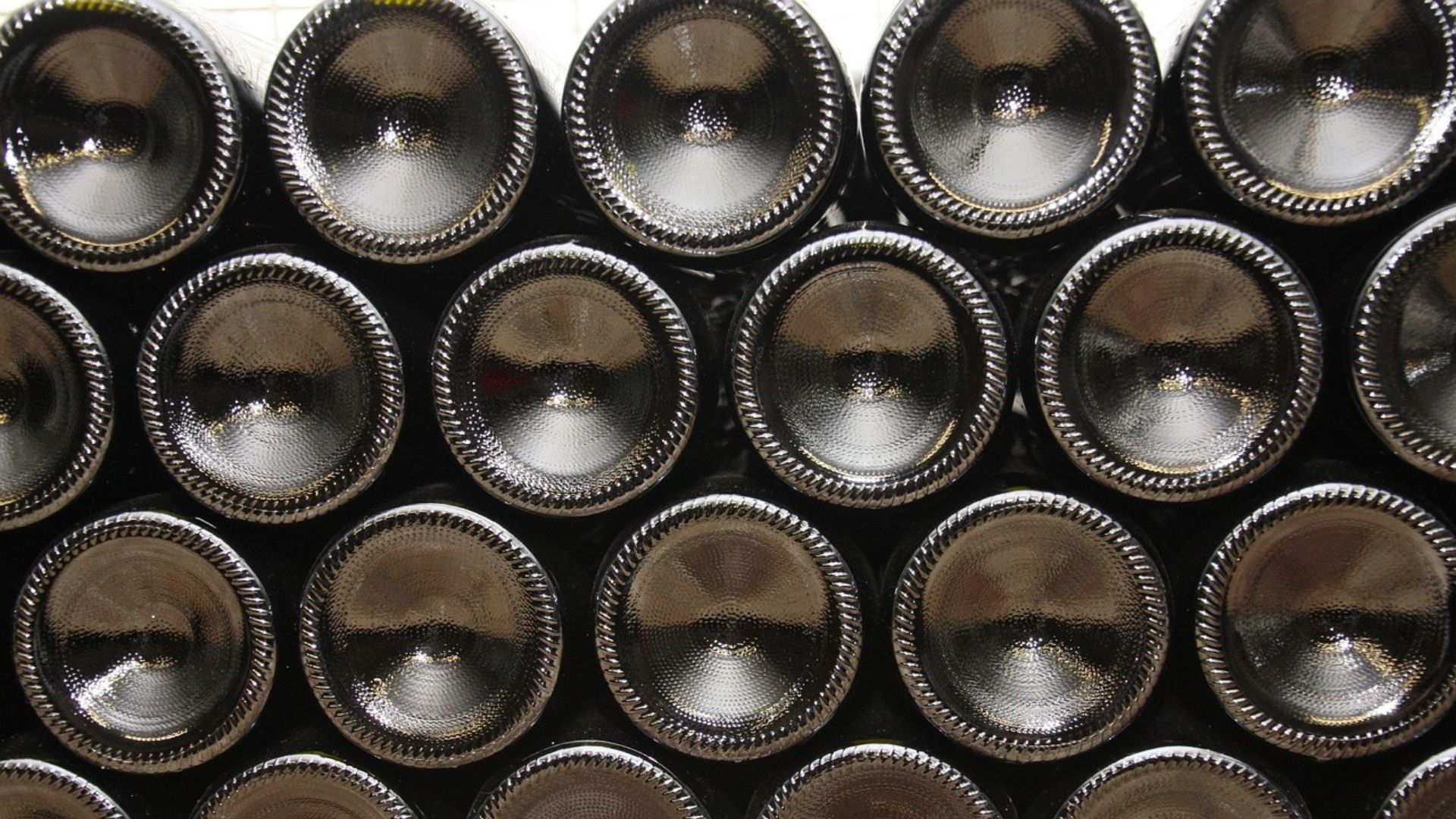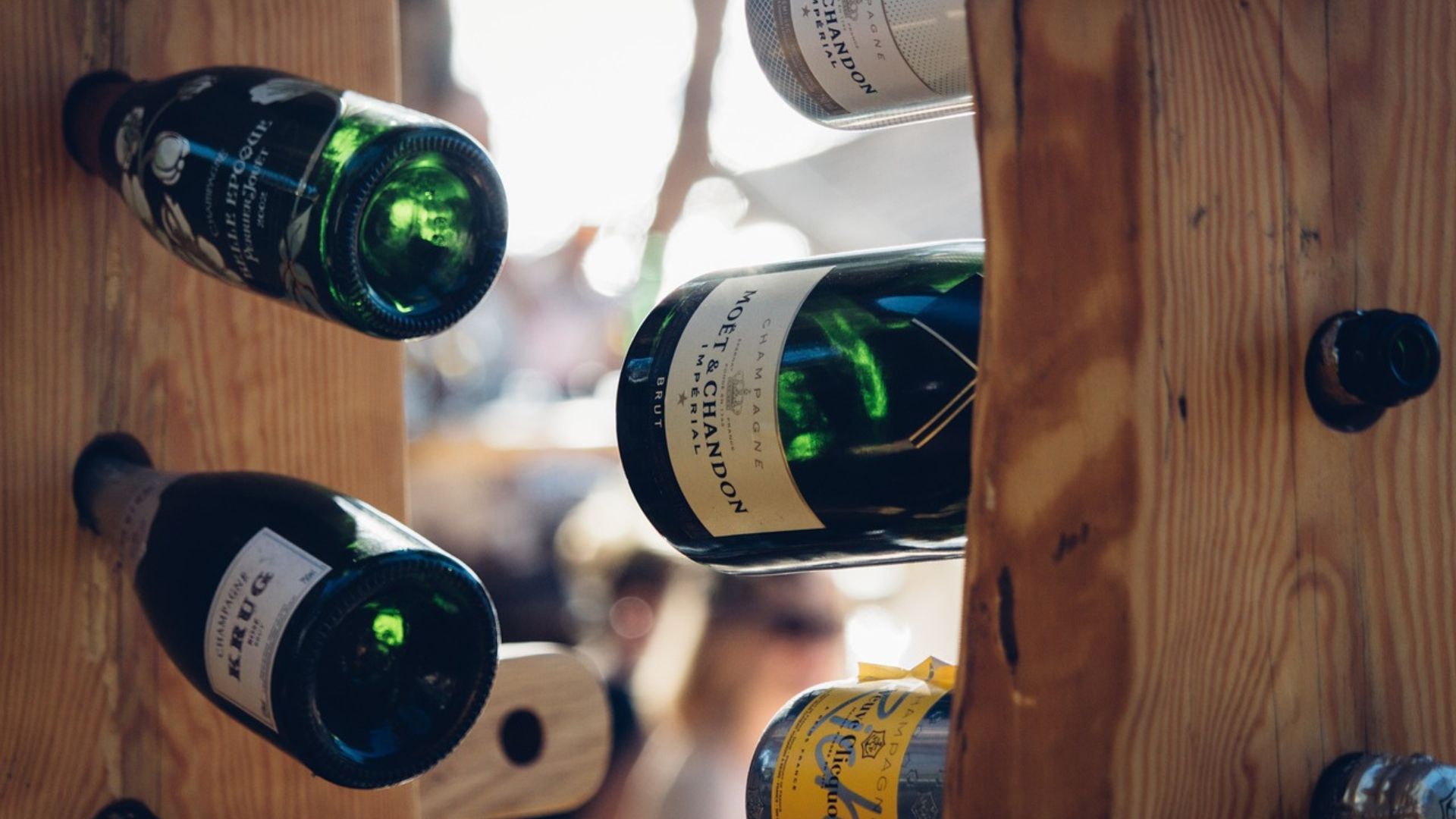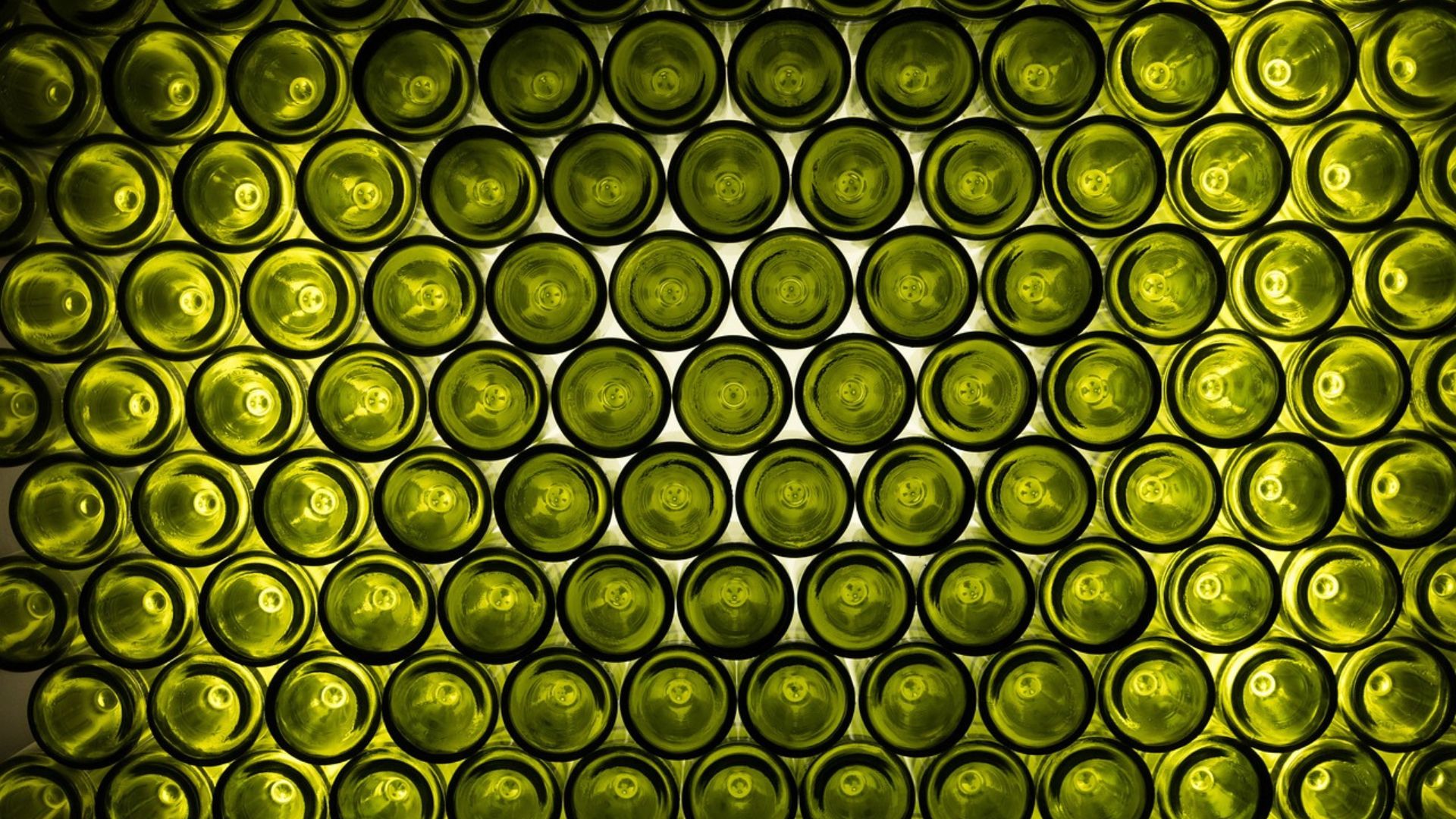What is the purpose of the concave bottom of wine bottles?
Sooner or later, everyone wonders why the bottom of wine bottles is concave. Everyone tries to understand what the functions of the concave bottom of wine bottles are and why wine bottles have that accentuated indentation at the bottom. We are sure that you have asked yourself this question too. It is time to have definitive answers.
For this reason, in our article we reveal all the functions of the concave bottom of wine bottles. We were inspired by a very interesting article published on vinepair.com: 10 Explanations Why Wine Bottles Have Points In The Bottom.
Why do wine bottles have a concave bottom?
 Foto di Reinhard Thrainer da Pixabay
Foto di Reinhard Thrainer da Pixabay
The concave bottom is the typical indentation found at the base of a wine bottle. This indentation is more or less accentuated and deep, depending on the types of wine and the choices of the wine and bottle producer.
Wine bottles have a concave bottom for several reasons. The concave bottom does not serve just one function, but multiple functions, very useful for the conservation, evolution and serving of wine.
Let's see all these functions, one by one.
1. Wine bottles have a concave bottom to ensure stability and balance
We can define this function as the historical and original function of the concave bottom of bottles.
In the past, wine bottles were handcrafted by glass blowers. The glass was inflated by the blower, giving shape to a bottle with a rounded base. Evidently, a bottom of this type did not allow the bottle to stay balanced. For this reason, the blowers decided to push the round protuberance inwards, creating the concave bottom that we all know. In this way, the bottles could remain stably upright.
Today wine bottles are produced industrially and with greater precision, sometimes even with a perfectly flat bottom. In any case, the concave solution continues to be the preferred one. This shape guarantees other very important advantages ...
2. Wine bottles have a concave bottom to make them easier to clean
Among the original functions of the concave bottom is also the usefulness of this shape for cleaning the bottle.
In the past, glass wine bottles were quite rare and were considered precious objects. They were often reused and filled with different wines. Cleaning was essential to allow the bottle to be filled with a different wine, avoiding contamination. The concave bottom is more functional for a deep cleaning of the bottle because the water reaches the interstices of the bottom, collecting and concentrating the sediments, which can then be easily removed.
3. Wine bottles have a concave bottom to make serving wine easier and more elegant
Among the most modern functions of the concave bottom, certainly among the best known, is its ease of handling for serving wine.
You have certainly seen a professional sommelier pour wine with great elegance, inserting his thumb into the concavity and holding, with the other fingers, the base of the bottle. This grip avoids "wrapping" the bottle with the hand and prevents heating the wine, maintaining the correct serving temperature.
4. Wine bottles have a concave bottom to collect solid residues
The concave bottom of bottles allows you to collect the solid and insoluble sediments.
The sediments, produced during the winemaking process, settle in the interstices at the bottom of the bottle, remaining “blocked” in these small spaces and preventing them from dispersing throughout the bottle. In this way, the solid residues are kept away from the neck of the bottle. This facilitates the correct serving of the wine because it prevents the sediments from ending up in the glass.
For this reason, the concave bottom is typical of red wine bottles, especially those aged or long-aged, which naturally develop solid sediments in the winemaking and maturation process.
Have you noticed that even sparkling wine bottles have an even more pronounced indentation? Exactly. Sparkling wines are contained in thick bottles with a very concave bottom. Why? It's time to reveal two more functions of the concavity at the base of the bottle.
5. Wine bottles have a concave bottom to resist internal pressure
The concave bottom makes the bottle even more resistant to the internal pressure typical of sparkling wines. The surface of a bottle with a concave bottom is wider and more dilated than the surface of a bottle with a flat bottom. The pressure is thus distributed over a larger area, even in the gaps that are created around the concave bottom. This makes the bottom and the bottle more solid and resistant, opposing the force and pressure of the bubbles.
6. Wine bottles have concave bottoms to speed up cooling
Sparkling wine bottles have a concave bottom because the concavity allows the wine to cool more quickly.
Sparkling wines should be served at 8°C and stored, once opened, in an ice bucket to maintain the temperature. The concave bottom accelerates the cooling of the sparkling wine. Are you wondering why? It's always a question of surface area: the surface area of a bottle with a concave bottom is larger than that of a bottle with a flat bottom, so the surface area in contact with the ice is larger in concave bottles. The result is a faster cooling of the wine.
7. Wine bottles have a concave bottom by tradition
Okay for red wines for aging. Ok for bubbles and sparkling wines. Do all other types of wine also need bottles with a concave bottom? Let's say that it is not essential, but many producers choose to bottle their wines in bottles with a concave bottom.
Why? Because it is also a question of tradition. In the past, bottles with a concave bottom were considered more prestigious and, consequently, the wines contained in them were also considered more valuable. Today, this belief has been lost, but not the custom of storing wine in bottles with a concave bottom.
If you liked our article and if you want to continue to receive news, updates and curiosities about the world of wine, subscribe to the Wineshop.it wine newsletter. Lots of content and offers await you!










